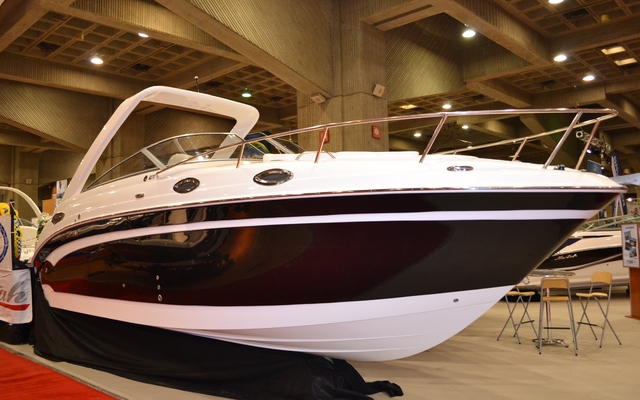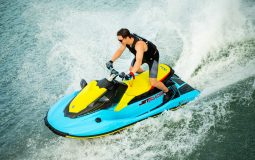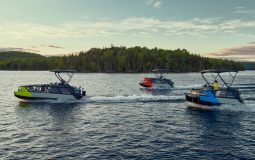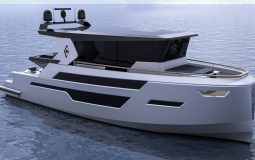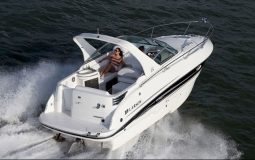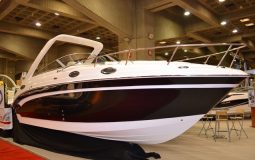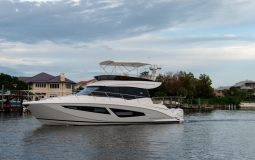Have you decided to take the plunge into the world of yachting? Wonderful. This pastime is sure to create memorable moments with your friends and family, while opening up new horizons.
However, buying a boat is a lot more complicated than getting a new car. It’s easy to get lost in the maze of different models, and it’s especially hard to choose the boat that suits you best. All kinds of different factors must be considered, and depending on your taste and needs, some will be more or less important in helping you make your choice.
Over the years, I’ve met very few people who bought the right boat the first time around, as most people do a poor assessment of their needs. Others simply decide to change models after falling victim to “foot disease,” a cruel illness that forces you to increase the number of feet on your boat. Whatever the reason may be, the high cost of changing boats makes it worth your while to choose well.
Here’s a little guide to help you through the process:
1) Speak to boat-owners
Speak to people who have a boat, especially those who engage in the same kinds of activities you plan to do. You can learn from their experience and, in particular, avoid the same errors. Ask a friend for advice and to help you make your decision.
2) Determine what kind of boat suits you
This isn’t so easy, but we’ve dedicated an entire article to the advantages and disadvantages of different kinds of boats. Click here to read it.
Remember that your tastes will change over time, and the type of activities you enjoy may be different in a few years. The small boat meant for water sports may be unsuitable when you want to follow some friends for a weekend on the water. Plan for the long term; it’ll save you money.
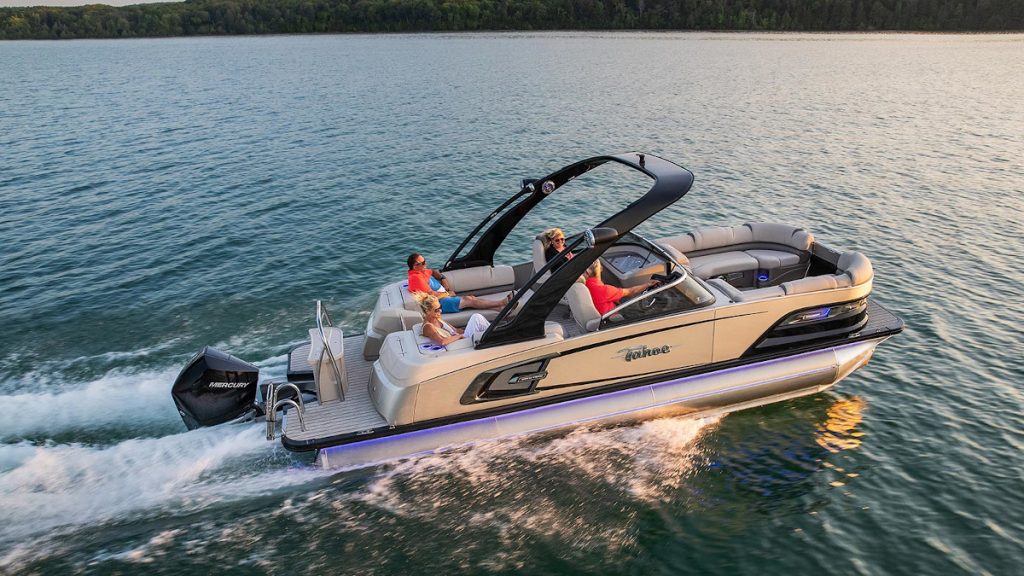 3) Size matters
3) Size matters
Once you’ve focused on your ideal kind of boat, you should look at size. It’s crucial to choose a boat based on the bodies of water you’re on most often. Small boats may be practical for storage and transportation, but turn out to be less enjoyable on large, rough bodies of water. A bigger boat will be more comfortable and pleasant on the water, but you’ll need a bigger budget. Operating expenses are generally linked to the size of the boat (storage, fuel, insurance and marina fees). It’s better to have a smaller boat that you can take full advantage of than a larger boat you have to leave at the dock. It’s human nature to want a bigger boat than our means allow. Find the happy medium.
4) New or used?
As with cars, buying new or used boats has advantages and disadvantages. All you have to do is see what you’re most comfortable with.
New: Buying a new boat is costlier and you’ll have to absorb a rather high rate of depreciation for the first few years – hence the importance of choosing the right boat. On the other hand, you get to choose all the amenities and options yourself. Plus, there’s the fact that in addition to offering a whole lot of fun, new boats come with a manufacturer’s warranty.
Used: Buying a used boat offers significant savings. You can get a cheaper boat or buy a bigger one than you wouldn’t have been able to afford if it were new. The disadvantages of buying used include more risk. You may have to pay for unexpected repairs or end up with problems passed on from the previous owner. This is why it’s important to get a used boat properly inspected before purchase. You’ll also have to live with any imperfections you find out about later.
5) Don’t fall for the first model you visit
Visit a lot of boats during the purchase process and don’t fall for the first model you see. Buying a boat is a very emotional process, and people are too often love struck with the first one they lay eyes on. Take your time and make the pleasure last. Each boat is unique – one can be equal in size to another, yet impress you with its ergonomics or features. Go right ahead and visit comparable models so you can make an enlightened choice and avoid buyer’s remorse.
6) Imagine your life on board
When you visit a boat, don’t be shy about imagining life on board: try all the seats, check out the cockpit’s ergonomics, sit your passengers down and move around the whole boat. Check the size and number of storage spaces. If the boat has a cabin, try out the washroom and berths for comfort and size. Different layouts could attract or repel you.
 7) Go for quality and reliable brands
7) Go for quality and reliable brands
Lesser-known brands may be appealing due to their competitive pricing. Nevertheless, the price for these “savings” is always inferior quality and durability. Furthermore, such boats depreciate more and resell for less, which will affect you when the time comes for resale or exchange. In the end, you’ll lose the money you saved on the initial purchase. Always buy the best you can.
8) Try it out
Even though it’s more complicated, ask to take the boat out for a spin. You can always sign a conditional contract subject to a test drive. That way you can check how it handles on the water and, above all, ensure the engine is suitable. An underpowered boat is anything but pleasant… To help you make your choice, there is an increasing number of outdoor boat shows where you can test different models and compare several boats in the same place.
In short, keep in mind your new life with your boat and the lifestyle you want. This will help you decide what kind and size of boat to shop for. Focus on a few brands and models and visit several comparable boats. Your relationship with your dealer is – and how much you trust him – are very important parts of the equation.

